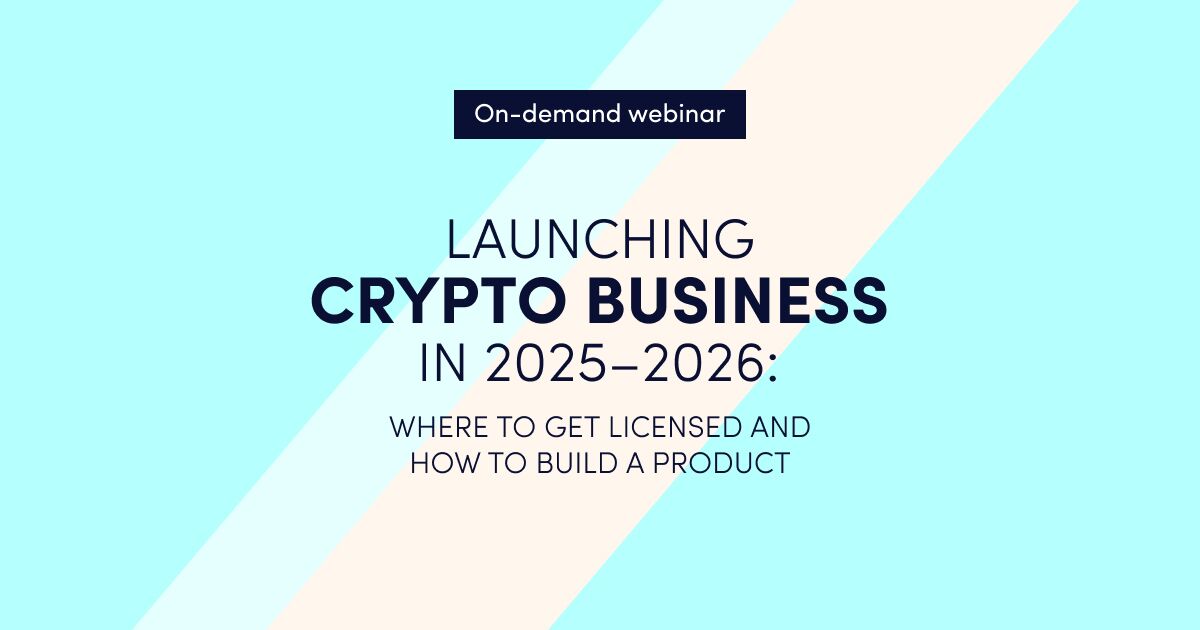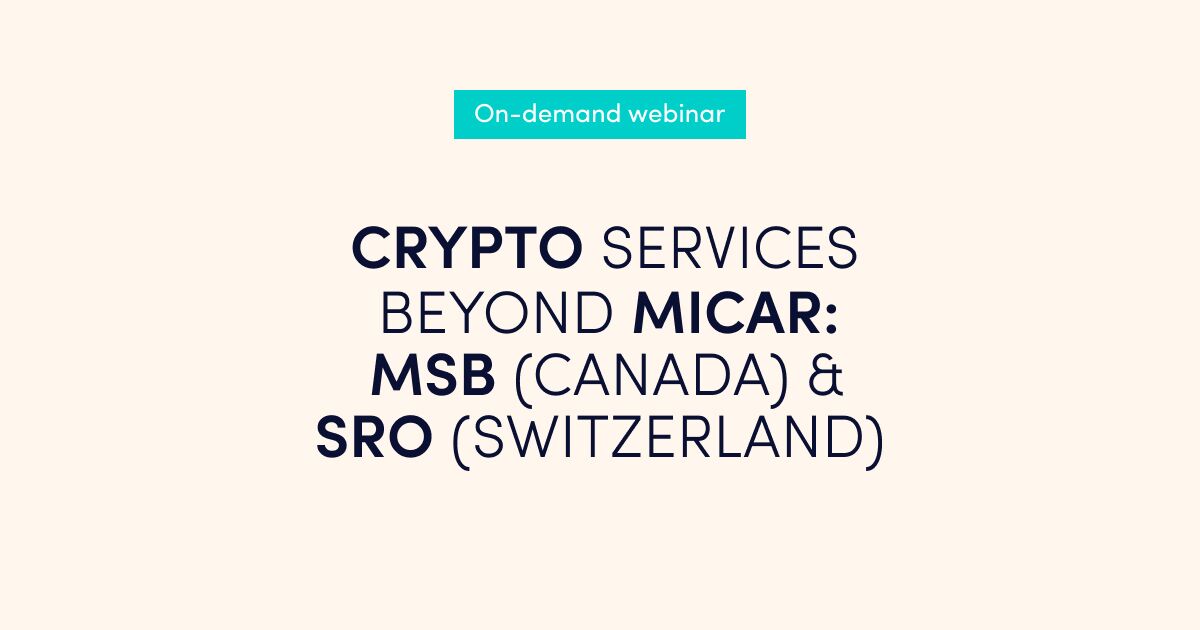If you plan to start or are in the process of finding your Digital Core Banking software provider, then we would recommend to come up with a checklist to identify the must-have features and move forward with the evaluation process.
There are many different Digital Core Banking software providers in the market. They differ from one to another. Some of them offer only front-end applications, for example, web and mobile banking for end-users, but some of them offer only back-end. When choosing the same product categories, such as Digital Banking and Core Banking, it may mean completely different functions.
With this article, we have already done half of your job. This checklist covers the most critical parameters of Core Banking solutions and will help you better understand your options and opportunities.
1. Front-end – white-label web-banking and mobile application for end-users
Does your Core Banking software provider offer white-label front-end applications?
Some core banking providers offer only one part of the full Core Banking system – a Core Banking engine with a back-office only. It means that you need to find another provider for front-end applications or develop them internally. As a result, you will need extra time for developing applications and integrating them with the Core Banking system. All this may sound inconvenient for you and actually – you may come across some serious problems in the integration phase.
2. Back-office
This is another side of the first question. Does your Core Banking software provider offer back-office?
At first, you may think that it is not worth evaluating, but some vendors only provide Digital Banking solutions. For you, it means that they offer only applications for end-users. You will again come across an inconvenient implementation, as you need to find another provider of the Core Banking engine and be sure that these systems are compatible with each other for integrations.
3. General ledger and reporting
Besides all the primary banking and payment functionalities like accounts, IBAN generation, payment processing, there are also other important functions you need to consider. For example, does your Digital and Core Banking system provide general ledger (accounting) and reporting for both financial and regulatory needs?
Ask your Core Banking software provider about reporting and accountancy. Does it support daily accountancy or generation of specific reports? In order to create reports for your accounting department, your future Core Banking system must provide integrated reporting or at least data export capabilities.
4. Solution customisation
Many Digital or Core Banking software providers offer solution customisation. But what exactly will you be able to do?
Having in mind the business continuity and growth, the solution must support customisation at any stage of the business lifecycle – when you start your operations and when you need to make changes in the system to support your growth. Adding a new provider or branding an application is only one single part of customisation. Also, you must be able to modify business processes, add additional fields for end-user applications or customise back-office interfaces.
5. Technology
There is a list of technological parameters that are worth knowing when you pick a Core Banking software provider. From technologies and a structure to a programming language and how open the solution is – these are a few essential things that will influence your decision and further operations.
This is why, we would recommend you to ask your provider the following questions:
• How open is the technology to integrate efficiently with third parties?
• Is it possible to expand to the on-premise solution in case you start with the SaaS solution?
• Is the solution fully modular and built on a microservice architecture? Do the components operate independently or interface seamlessly between one another?
• Will the provider’s technology be able to support your future needs? Make sure that the embedded technology is neither novel nor old-fashioned.
• What programming language was used to write a code for the technology? How popular is the language? Does it support changes?
• How simple or complex is the full system and back-office? On the one hand, the back-office must have a user-friendly interface. On the other hand, the system with a straight-forward and easy-to-use interface may mean weak functionality. Do not seek only an easy-to-use system but also make sure to analyse its functionality.
6. Price
Budgets and prices for solutions may differ significantly. For example, prices for the SaaS setup range between €40k and €500k. Some Core Banking software providers charge additional fees for each integration, but others for customisation. Ask your provider what expenses you can expect:
• Setup fee
• Integrations, which are already offered by your provider. Some providers offer integrations for free, but others charge a fixed rate for each integration.
• Customisations – does your provider offer free staff-hours for customisation?
• Prices for additional integrations with new providers or customisations. Usually, providers charge a fixed fee per hour.
• Monthly fee for the SaaS solution or a maintenance fee for a software purchase
• In case you want to transit from the SaaS solution to the on-premise solution, does your provider offer any financial privileges, for example, discounts for a setup fee?
7. Support
What support level does your provider offer? Depending on your IT resources or plans to expand your business, you may need different levels of support. You will need 24/7 support when your business becomes successful — scaling up beyond its initial audiences and markets. In today’s digital-first world, customers expect instant service day and night, therefore response time is critical. Therefore, 24/7 support will also be useful not only for established financial companies but also for recently-founded fintechs with limited IT resources.
Another point to consider, when it comes to support, is solution updates – how often does your provider make updates on functionality and security of the system? Software updates are important because they often include critical patches to security holes and remove outdated features to integrate new, improved functionality. Besides, they are necessary to improve software stability and ensure compatibility with different applications and solutions by third-party providers.
Advapay is a technology company providing the Digital Core Banking platform to empower fintech clients or digital banks to start their businesses and accelerate digital transformation. The platform delivers all essential functionalities, a front-to-back system and a set of tools to customise and bring new integrations. With Advapay, potential and existing customers can connect either to the cloud-based SaaS or on-premise software. Besides the technical infrastructure, the company provides business advisory and fintech licensing services. Interested to learn more, please drop us a message.









